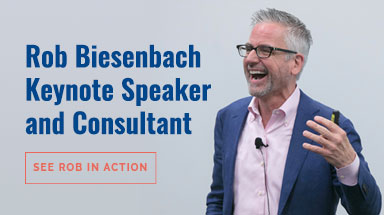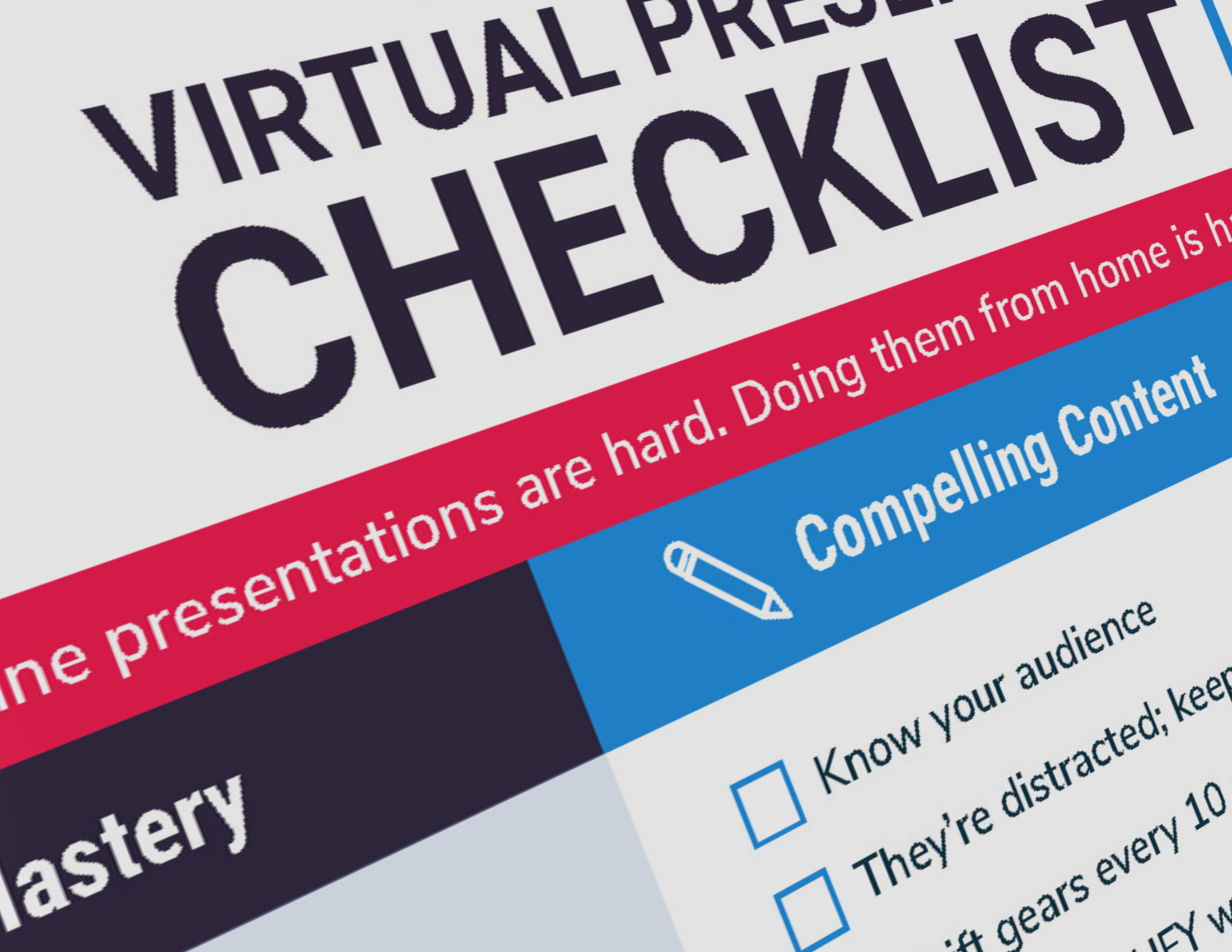 Study after study confirms that stories have unparalleled power to captivate audiences and persuade them to act in our favor.
Study after study confirms that stories have unparalleled power to captivate audiences and persuade them to act in our favor.
But how do you go about crafting a story? Here’s a step-by-step guide that will show you how to create a story that will help you win hearts, change minds and get the results you want — whether it’s convincing a customer to buy, an employee to get on board or a skeptical public to come around to your point of view.
First, a Story: Estela & the Candy Factory
To bring these lessons to life, let’s start with a story about storytelling, which I’ve told many times. It serves as the perfect illustration of the structure and process I’ll outline below.
Estela works in a candy factory, where she’s in charge of inspecting packages of gum before they leave the plant. I asked her what she does to ensure a quality product and she walked me through her processes, demonstrated the equipment and showed me an extensive checklist she uses.
It was impressive, but it didn’t grab me. So I asked her about her kids, and that’s when she lit up. “They call me the Candy Lady,” she beamed. She pointed to a code on the bottom of one of the packages that identifies when and where the gum was made, right down to the individual shift and production line.
Here’s the kicker: her children know the code. So whenever her family goes to the store, her kids run straight to the candy aisle, turn over the packages of gum, and when they find the right one, announce, “This is mommy’s gum! My mommy made this gum.”
The bottom line: It’s good enough for your family because Estela is down on the line every day making sure it’s good enough for hers.
How to Structure a Story
Estela’s story relies on a simple structure: a character in pursuit of a goal in the face of a challenge or obstacle. How the character resolves that challenge drives the narrative.
In this story, our character is Estela. Her goal is to turn out a quality product. The challenge she faces is how to stay focused on quality while spending hour after hour watching packages of gum go by. She resolves the challenge by thinking of her customers as being as important to her as her own children.
So that’s your structure. Now how do you go about creating your story?
Story Creation in a Nutshell
Creating a story involves these basic steps:
- Determine who you are trying to reach (your audience) and find out as much as you can about them.
- Figure out what you want them to do — buy your product, work more efficiently, follow you into proverbial battle. That’s the goal.
- Think through the challenges that may get in the way of that goal — lack of budget, outdated technology, distrust.
- Find a character who has overcome that challenge — by appealing to value over price, working around technology, discovering common ground.
- Make sure there’s a resolution to your story.
Understand that this does not have to be a sequential process. It’s not like building a house, where the foundation must be laid before the walls are constructed and the walls must go up before the roof is added.
For instance, it’s unlikely that you will simply dream up an audience you want to reach, like customers or investors, without having an idea of what you want them to do.
But for the sake of this exercise, let’s break these steps down separately and in order.
1. Identify and Understand Your Audience
Knowing your audience is the most important step in putting together a story that truly connects and resonates. After you’ve identified your audience (employees, members, shareholders, prospects, etc.), you’ll want to be sure you really understand them.
Here are some questions to ask:
- Who Are They? Do your research. Look at product or service reviews, focus group findings, survey data, and other sources to get a handle on your audience.
- What Do They Want? It’s not enough for you to understand your own goal; you have to understand what your audience wants, too. A lower price? A better deal? Public recognition? Security? A sense of belonging?
- What Do you Have in Common? What is it that brings you together? Frustration over an unsolved problem? A shared sense of pride? The desire to make the world a better place?
- What Are Their Doubts, Fears, and Misperceptions? Just as important as understanding what brings us together is knowing what drives us apart. Smart storytellers will have a good read on their audience’s doubts, fears, and misperceptions.
- What is Their Mood, Mindset, and Culture? Finally, you need to get a sense of what’s really going on in your audience’s world. Are they unsettled? Anxious? Skeptical? Frustrated?
Estela’s story was part of an internal communications campaign, so we reviewed employee survey results, collected anecdotal feedback from management and frontline supervisors, and interviewed employees themselves to get a solid understanding of our audience.
2. Determine Your Goal
What’s your goal? Do you want your audience to buy or change their behavior or get on board with their support?
With the Estela story, our goal was to get all the employees in the organization to understand that quality is their job. It doesn’t matter if they’re on the front line or in the back office — everyone is responsible for quality.
3. Discover the Challenge(s)
Logically it may make sense to start mapping out the obstacles standing in the way of your story’s goal — insufficient training, lack of teamwork, inadequate systems …
But in the real world, those challenges are often discovered along the way as you do your research with your story’s characters. That’s how Estela’s story unfolded. We interviewed lots of different employees about how they go about ensuring quality.
Through that process, we uncovered a host of challenges — boredom, technology, supply issues, shift changes, etc. We also discovered a number of resolutions — how they solved those problems — which again shows that this is not necessarily a linear process.
4. Find the Right Character
Your character is literally and figuratively the heart of the story. She’s the center of everything — the most important element — and she should make us feel something in our hearts, providing the emotional resonance that’s critical to a story’s success.
So your number one job as a storyteller is to find a character your audience can relate to. (And what’s more relatable than a mom looking out for her children?)
Choose a character that is as close as possible to your audience in situation and circumstance. Employees will more easily relate to fellow employees, customers to other customers, insurance brokers to insurance brokers, etc.
5. Bring it to Resolution
Think of your story as a Hollywood blockbuster. In the end, the enemy is vanquished, the boy gets the girl, justice is served. There’s a reason these movies are so popular: they give audiences what they want — a clear and satisfactory conclusion.
Your story should not be in the style of indie or art house cinema, where the characters don’t really change and problems go unresolved. The indie film may be truer to everyday life, but it’s not particularly satisfying for general audiences.
So make sure your story resolves in some way. The most straightforward approach is where the character achieves the goal. Alternatively, the character may discover that the initial goal wasn’t that important after all, leading to personal growth or a new direction.
Happy Hunting!
If you’re very lucky, stories will just fall into your lap. And these days there are multiple ways stories come to us — online reviews, customer feedback, social media. But even when they do, you’ll probably have to refine and shape them to bring out their full potential.
And when they don’t, you’ll have to go out looking for them. This process should provide an easy-to-follow roadmap for finding, shaping and telling the kinds of stories that will get you the results you’re seeking.
More on How to Create a Story
For more on how to create a story, check out my latest book, Unleash the Power of Storytelling, which I’m pleased to say is selling quite briskly, hitting the top 10 bestsellers list in a key Amazon category. The book is a practical guide to crafting and delivering more powerful, persuasive stories that can help you get more of what you want from your business, your career, and your life.
[This post originally ran on the Spin Sucks blog.]
[Image via Martin Boose]




